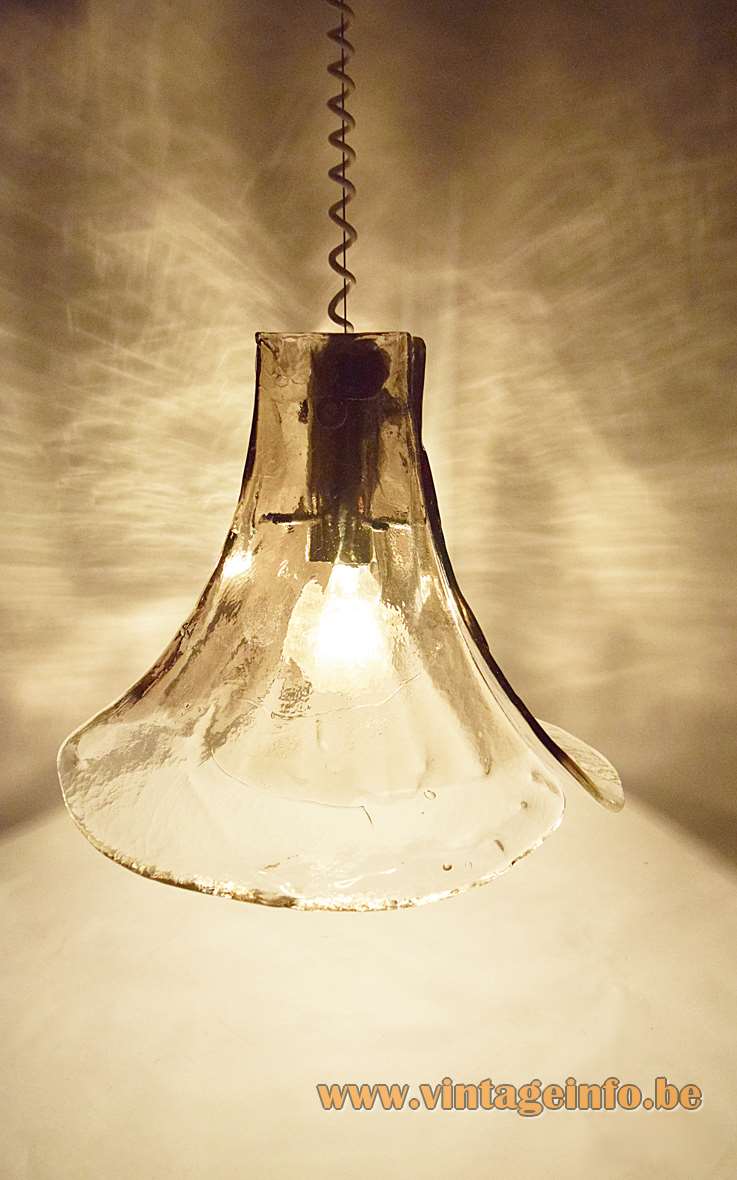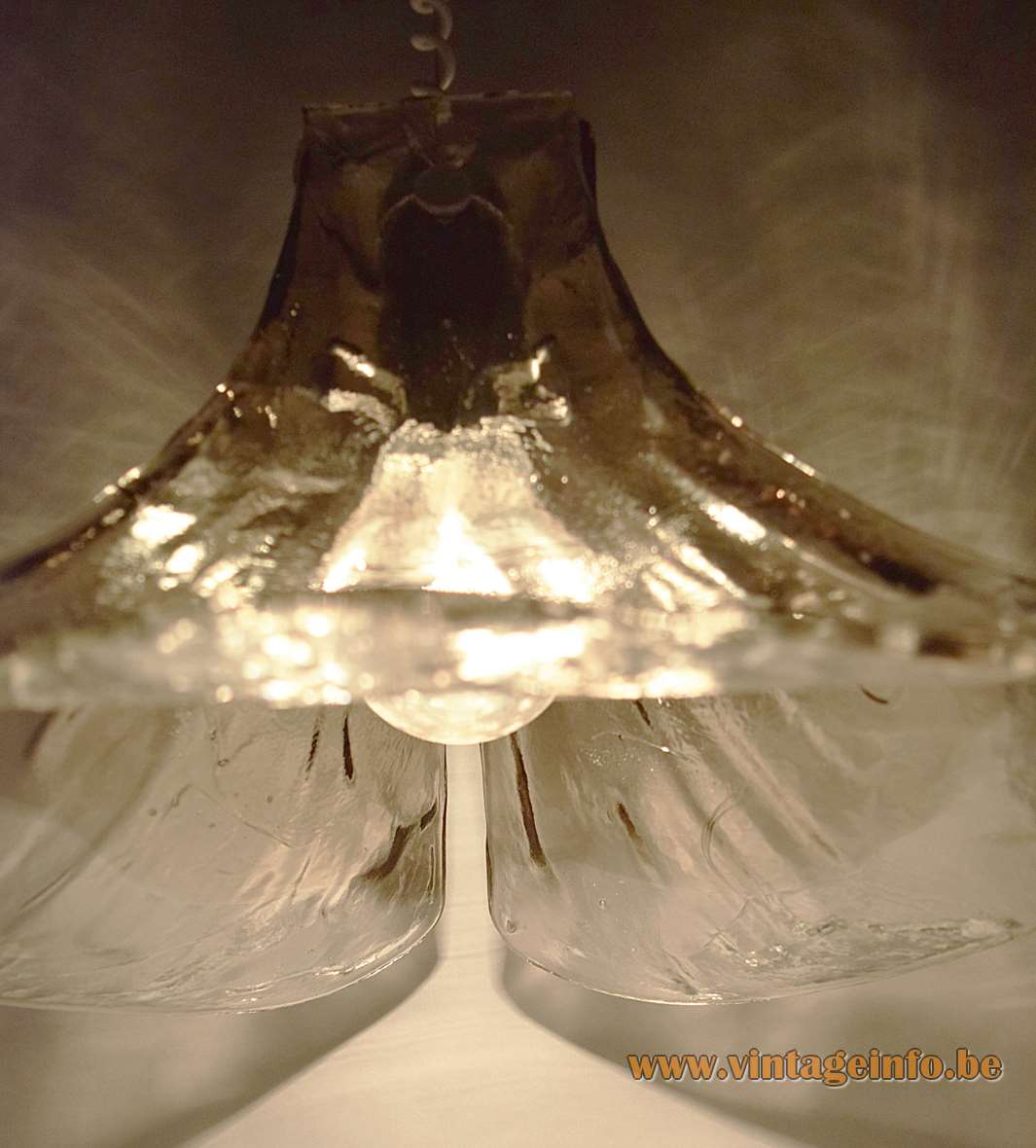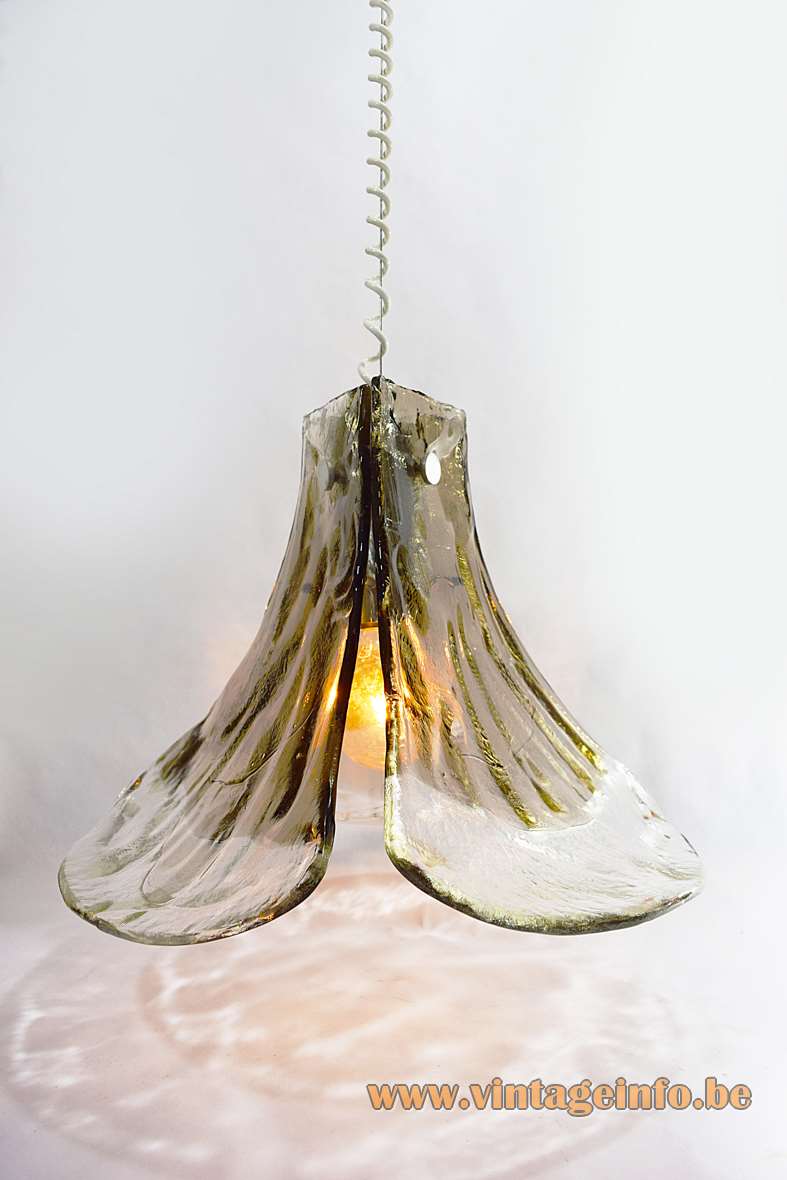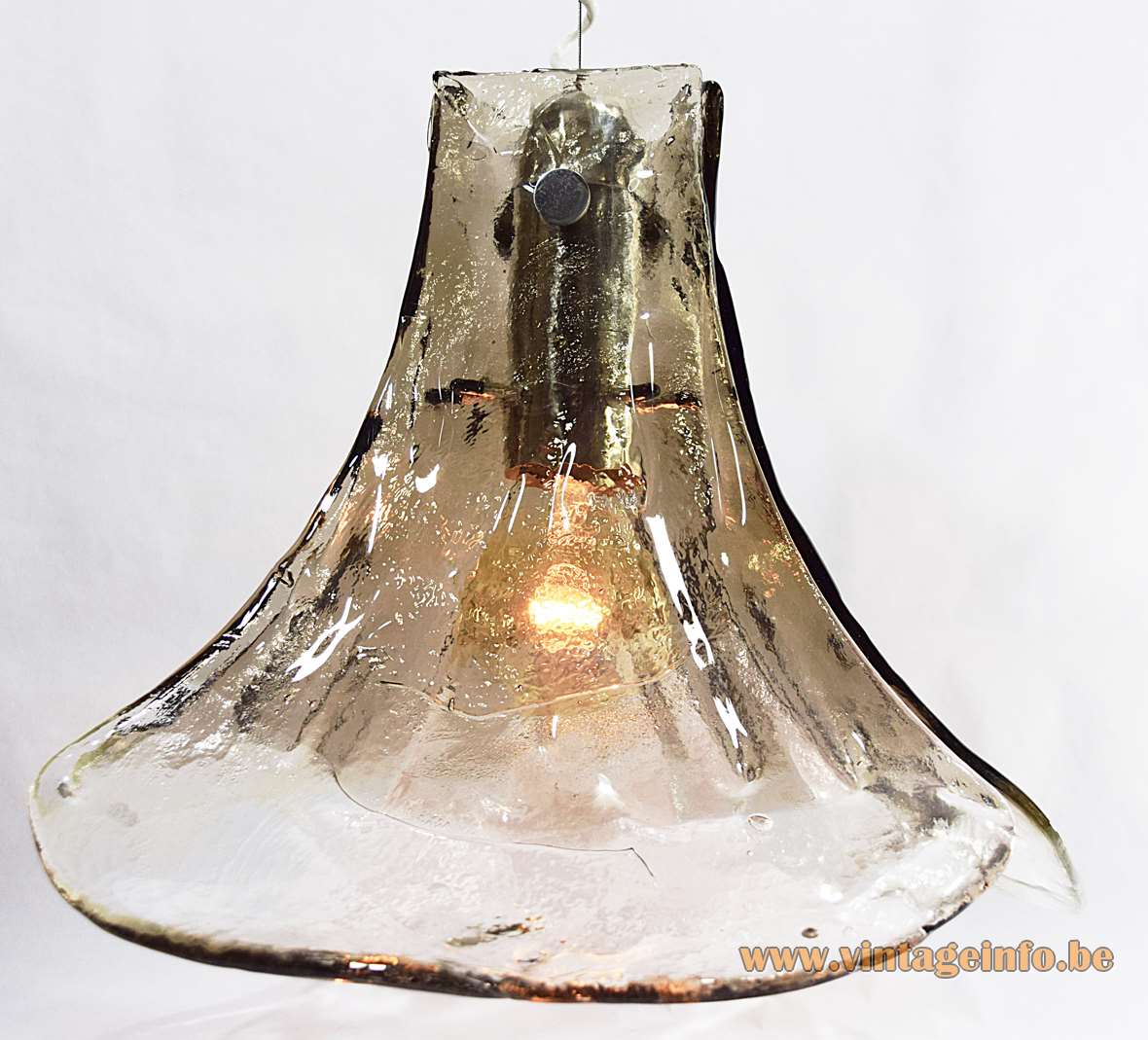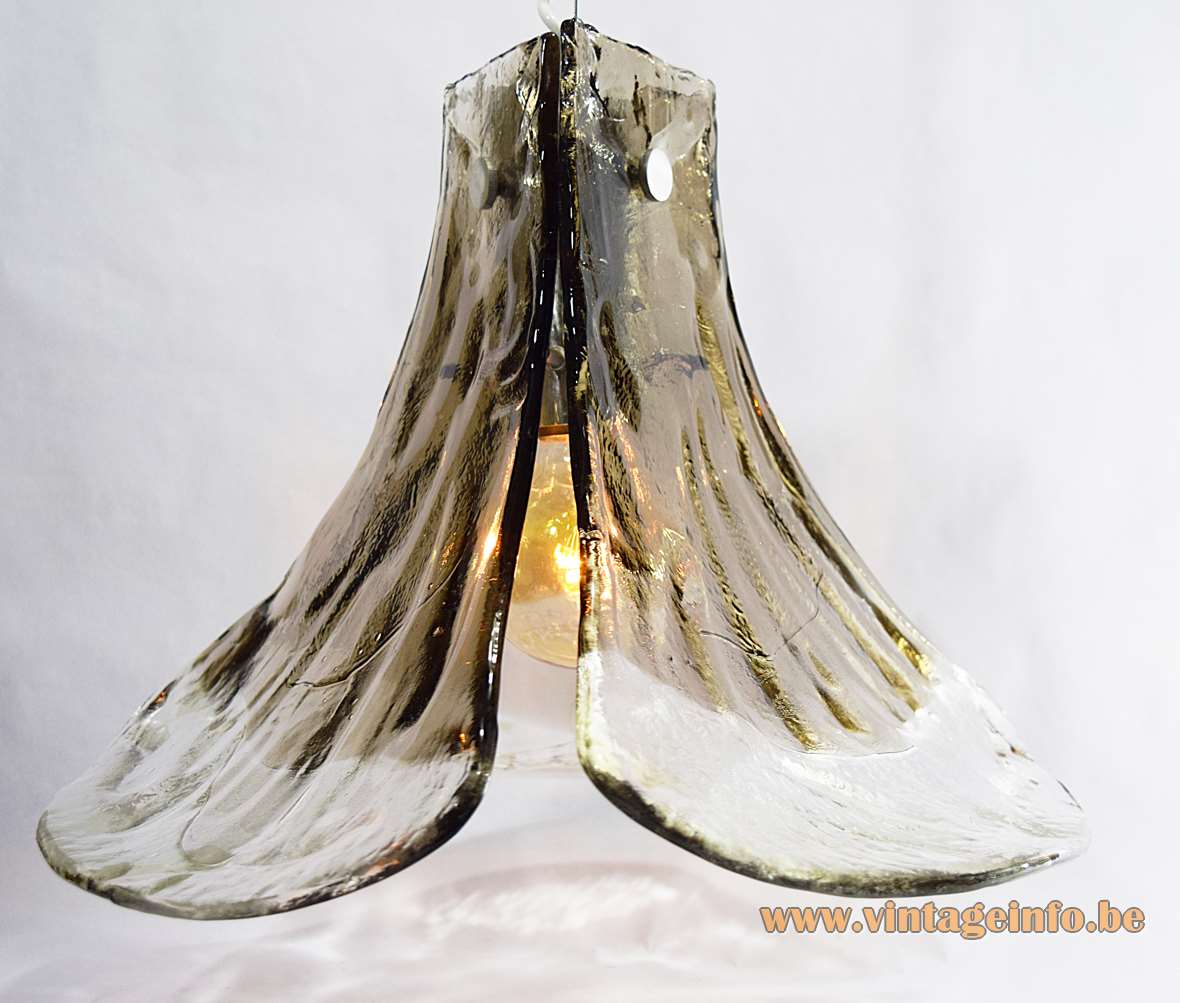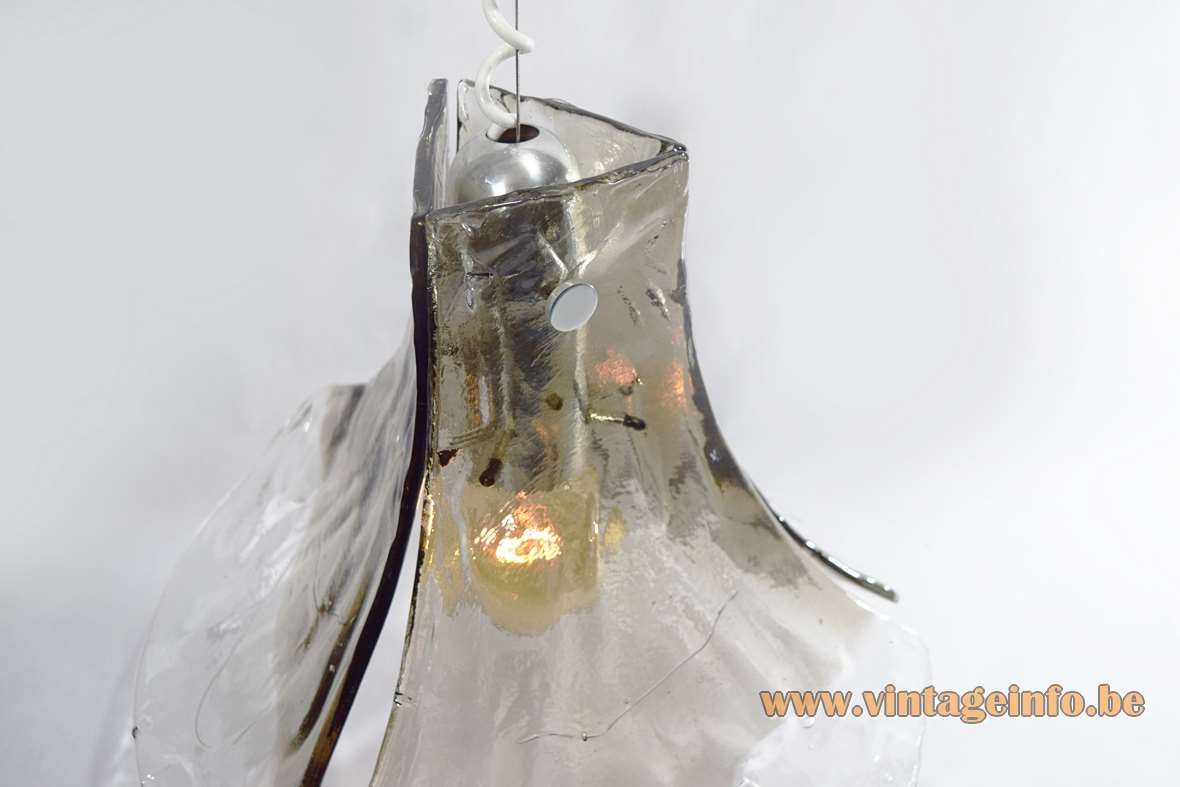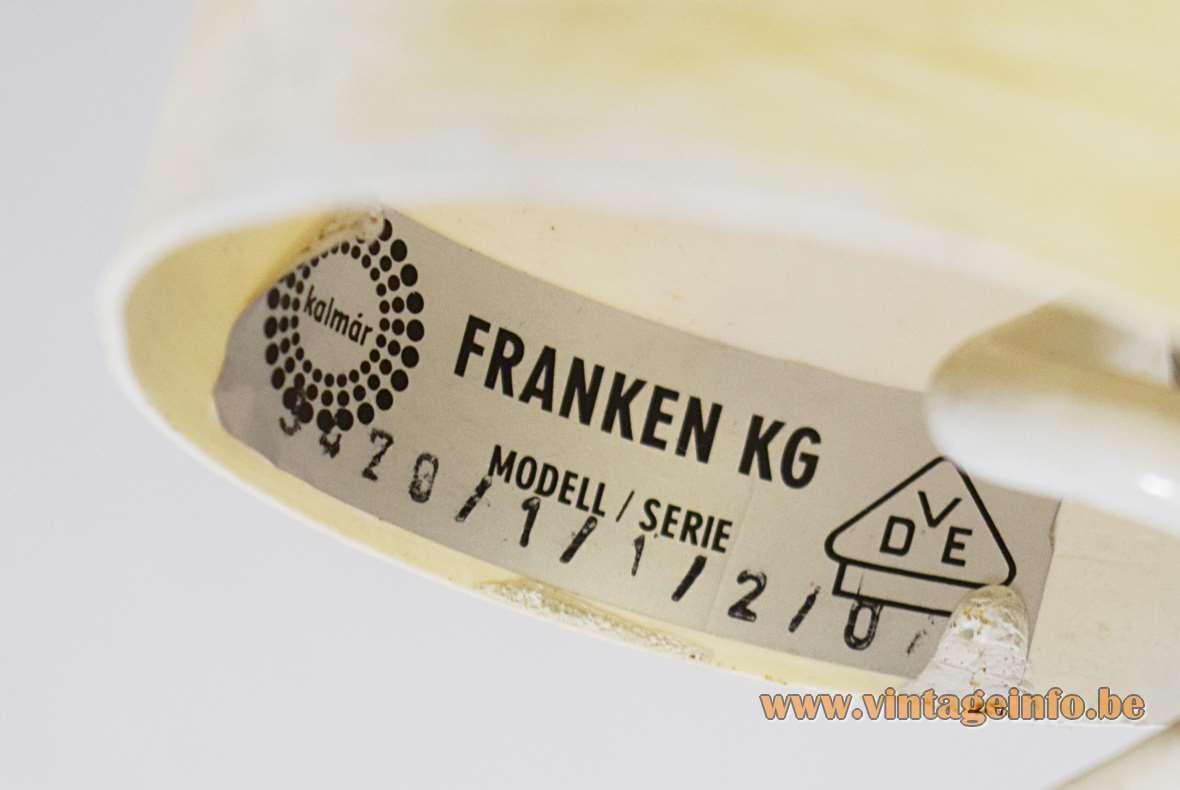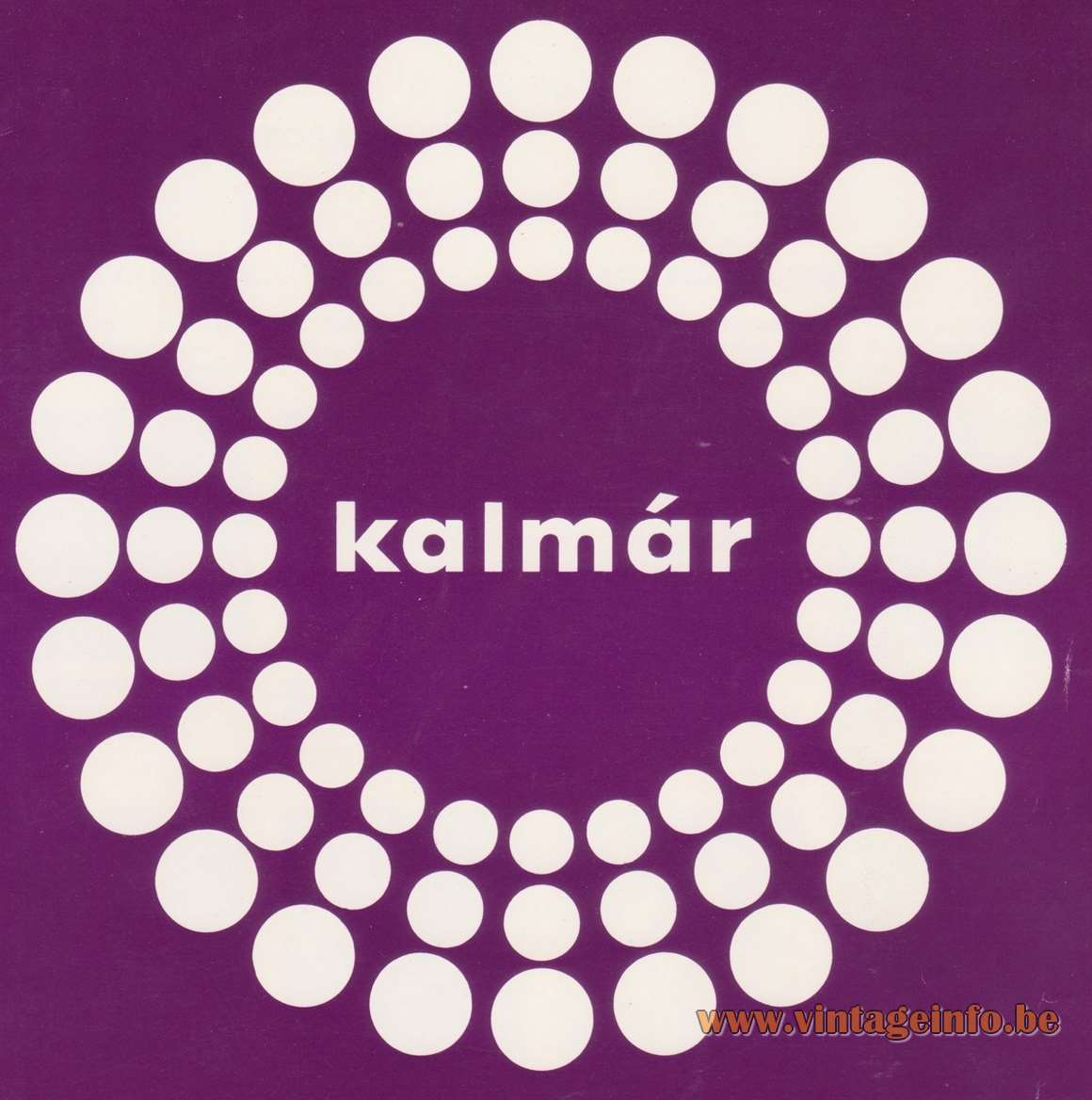Carlo Nason
Born in Murano in 1935 he grew up in one of the oldest families of Murano glass makers, where experts introduced him to the most refined techniques. His father’s factory was just the right place to familiarise himself with the structure of work and experimentation. His works from the 1950s were famous and are still in the collections of the Corning Museum in New York today.
In the 1960s he worked for the family glass works V. Nason & C.
He quickly started to collaborate with other glass workshops, with special attention for modern design and achieving a combination of technique and craftsmanship which characterizes all his projects. Carlo has always shown an attitude for innovation without losing his tradition.
From 1965 until the 1980s he designed the complete collection of AV Mazzega, that today is an icon of vintage: the creation of the highest quality at the level of its design.
In 2015, on his 80th birthday, he was invited by the Milan Triennale to exhibit a selection of his most important designs.
Carlo Nason designed for Vistosi, De Majo, Kalmar Franken, Leucos, Alt Lucialternative, Gallery Vetri D`Arte, Murano Due, Vetreria Vistosi, Vetreria Carlo Moretti, Vetreria Livio Seguso, Gruppo Firme di Vetro di Salzano, Selenova and several other companies.
Not only he designed glass objects, he designed ceramics for Baldelli, a ski-boot for Garmont; consultant for Casinos Austria International in Vienna, perfume flacons for fashion designers and worked on graphics for several companies.
iTRE
In 1975 he founded his own company iTRE. Since 2002 the company is owned by FDV Group S.p.A., better known as LEUCOS. Many well-known designers worked for the iTRE company.
Not only is he a designer, he is also passionate about photography. In the 60s and 70s he has won numerous competitions.
Carlo’s work can be found in several museums. The Museum of Modern Art MoMA in New York, USA, the Triennale Design Museum in Milan, Italy. The Corning Museum of Glass in New York has a large collection of his works.
Triennale Milan 2015 – Carlo Nason Expo
Carlo Nason – 2019 Interview
Kalmar Franken KG – Label + Logo
Kalmar Smoked Glass Pendant Lamp
Materials: Flower style lamp with a chromed (iron) frame. Some aluminium parts. 3 hand blown smoked brown, green and clear crystal Murano glass leaves/petals. Bakelite socket.
Cord Length: 75 cm / 29.52’’ – adjustable
Height: 40 cm / 15,75”
Width: ∅ 47 cm / 18.50”
Electricity: 1 bulb E27, 1 x 100 watt maximum, 110/220 volt.
Any type of light bulb with an E27 screw base can be used, for this lamp preferable a globe bulb.
Period: 1970s – Mid-Century Modern.
Designer: Carlo Nason.
Manufacturer: Kalmar Franken, Austria.
Other versions: This Kalmar smoked glass pendant lamp was also made as a table lamp and a wall lamp. Made with slight colour differences. Other lamps in this style were also produced.
This Kalmar smoked glass pendant lamp was in all probability made by AV Mazzega, Murano, Italy after a design by Carlo Nason. Nason designed a similar one for AV Mazzega. It has 4 glass petals, model LS 185, you can find it over here. It was also produced for Kalmar. You can find it with both labels.
Today the company is named JT Kalmar GmbH and has two divisions; Classic and Kalmar Werkstätten for contemporary lighting.
Kalmar Franken KG
Founded in Vienna by Julius August Kalmar in the 1880s, Kalmar first specialized in the production of hand crafted objects of cast bronze. The company soon established its practice of closely collaborating with prominent architects to create chandeliers and other cast bronze objects in Austria, Europe and the United States. Before long it was presenting custom-made wares at international exhibitions such as the 1888 Vienna Trade Exposition (Gewerbeausstellung Wien). The 1893 Chicago World’s Columbian Exposition. The 1901 Export Exposition Scandinavia and the 1906 Austrian Exhibition in Earl’s Court, London.
Julius Theodor Kalmar
After the turn of the century, Julius Theodor Kalmar, son of the original founder, studied under the renowned Austrian architect and designer Josef Hoffmann at the Vienna School of Applied Arts and the Birmingham School of Art and Design. Inspired by Josef Hoffmann and the arts and crafts movement of the era, Julius pushed the company in a new direction away from the eclectic style of the late 19th century. And in 1925 Kalmar designs began selling in Haus und Garten, an avant-garde shop for home furnishings founded by architects and designers Josef Frank and Oskar Wlach. The shop was to become a main venue of modern Austrian interior and lighting design. It has a trademark in the promotion of Viennese design abroad.
By 1931, Kalmar was concerned solely with designing and manufacturing high quality lamps and fixtures in cooperation with the architects of the Austrian Werkbund, an association of artists, craftsmen, architects and manufacturers founded in 1912. Their purpose was the promotion of a high regard for material, form and function in the hand crafted as well as industrial production of fine art and applied arts. They sought modernity by combining classical tradition and contemporary innovation. Recognized as a typically Viennese style by the 1930s, this “moderate modernity” integrated the ornament-stripped purism of Adolf Loos with more traditional elements.
Julius Theodor Kalmar saw lighting fixtures as “quite humble things, which fit in and serve their purpose of functionally illuminating living spaces without glare — and that is what it all comes down to, as far as lamps are concerned as well as in all aspects of life: fitting in with the given framework and with the overall concept.”
Designers
Thanks to the younger Kalmar’s involvement and personal acquaintance with the leading European architects of the day, the name Kalmar became associated with high quality modern design. The company flourished, producing light fittings for prominent Austrian architects and designers including Frank and Wlach. As well as Oskar Strnad, Clemens Holzmeister, Oswald Haerdtl, Ernst Plischke, and others. As the company grew, the size and scope of its contracts increased. And soon it was producing chandeliers and major installations for clients such as the Vienna Opera, the Burgtheater, the new theaters in Linz and Salzburg and the Vienna stock exchange.
During the 1960s and 70s, Kalmar became increasingly involved in the production of decorative glass objects. Initially designed for the retail market, the company’s mouth-blown and molded relief glass elements offered vast decorating possibilities in large or small areas.
As a result, the demand for Kalmar installations grew steadily. The company became more widely known among international design and architecture professionals.
1990s until today
In the 1990’s, the great-grandson of the founder, Thomas Calice, shifted the company’s focus to international lighting projects. He phased out Kalmar’s own product lines and concentrated the company’s resources on the production of decorative, functional and technical lighting installations. The company has expanded in this specialized area and now produces prestigious custom designed and manufactured lighting installations throughout the world.
Lighting Installations
In recent years Kalmar has produced major lighting installations for government buildings and palaces, museums, theaters, hotels and cruise ships. These projects include the Presidential Palace of the Kremlin. The State Tretjakov Gallery in Moscow, the new Shanghai Grand Theater. Hotels including the Ritz Carlton in Berlin, Doha and Osaka. The Grand Hyatt in Dubai, the W-Hotel in Doha. Shangri-la hotels in Abu Dhabi, Beijing and Suzhou. The Hilton in Adelaide, Bahrain, Bangkok, London and Seoul and the Sheraton in Cairo, Frankfurt and Stockholm. As well as cruise ships such as Royal Caribbean International’s Voyager, Freedom and Genesis class ships and the Cunard Line’s RMS Queen Mary 2 and MS Queen Victoria. In addition to the Dubai and Jeddah Airports, the Burj Tower and the Qatar Education City Convention Center.
*In collaboration with Jonathan Browning Inc., a producer of highest quality lighting for interior designers and architecture firms, Kalmar Werkstätten, a sub brand of Kalmar, is currently offering reproductions of a series of seven historic designs based on Kalmar drawings to some of their American clients. Their distinct, simple elegance clearly evokes the essence and spirit of the Austrian Werkbund. Kalmar will also be marketing these designs in Europe, the Middle East and Asia. In addition, United Designers Ltd, an award winning, multidisciplinary consultancy based in London has adapted a selection of Kalmar designs for marketing in 2009. In march 2016 United Designers Ltd was dissolved after 22 years. Last accounts were made up to 31 March 2011.
Links (external links open in a new window)
Mazzega 1946 (AV Mazzega)
I Muranesi – Interviews with great Murano glass artists and designers
Vintageinfo
Many thanks to I Muranesi for the the Carlo Nason interview.
